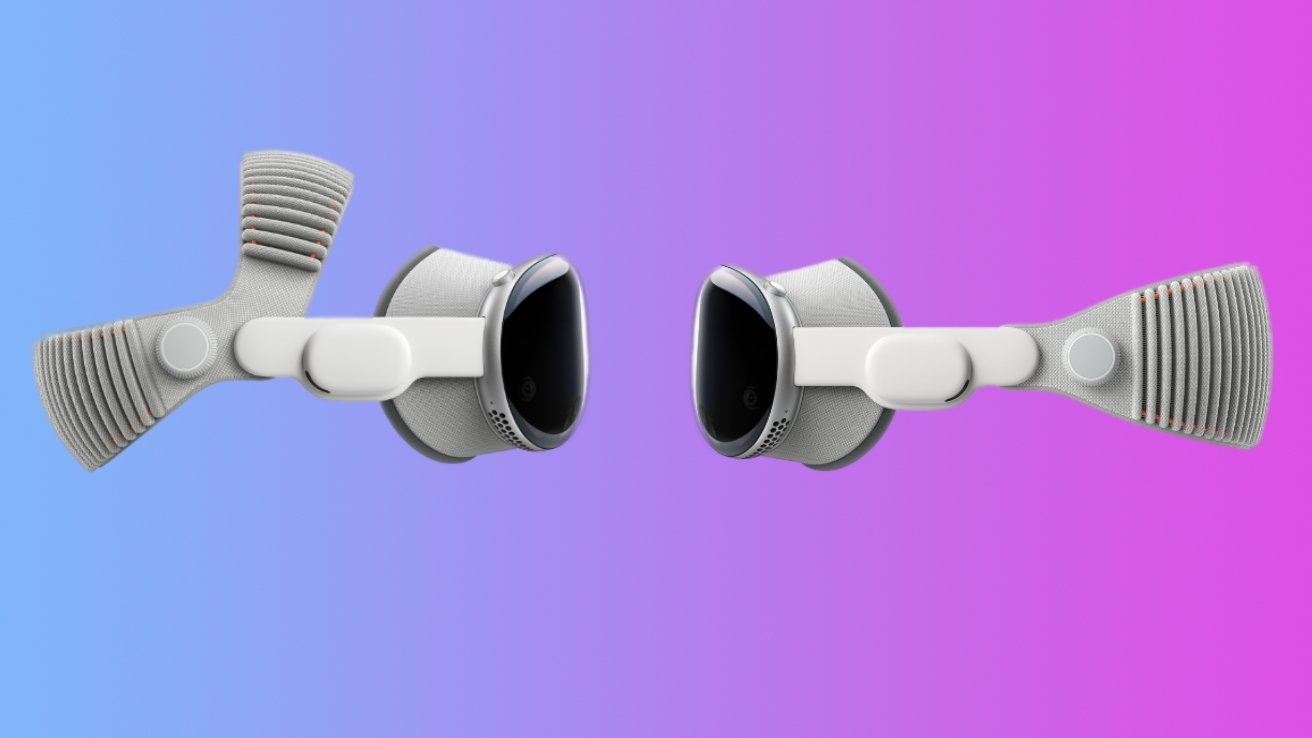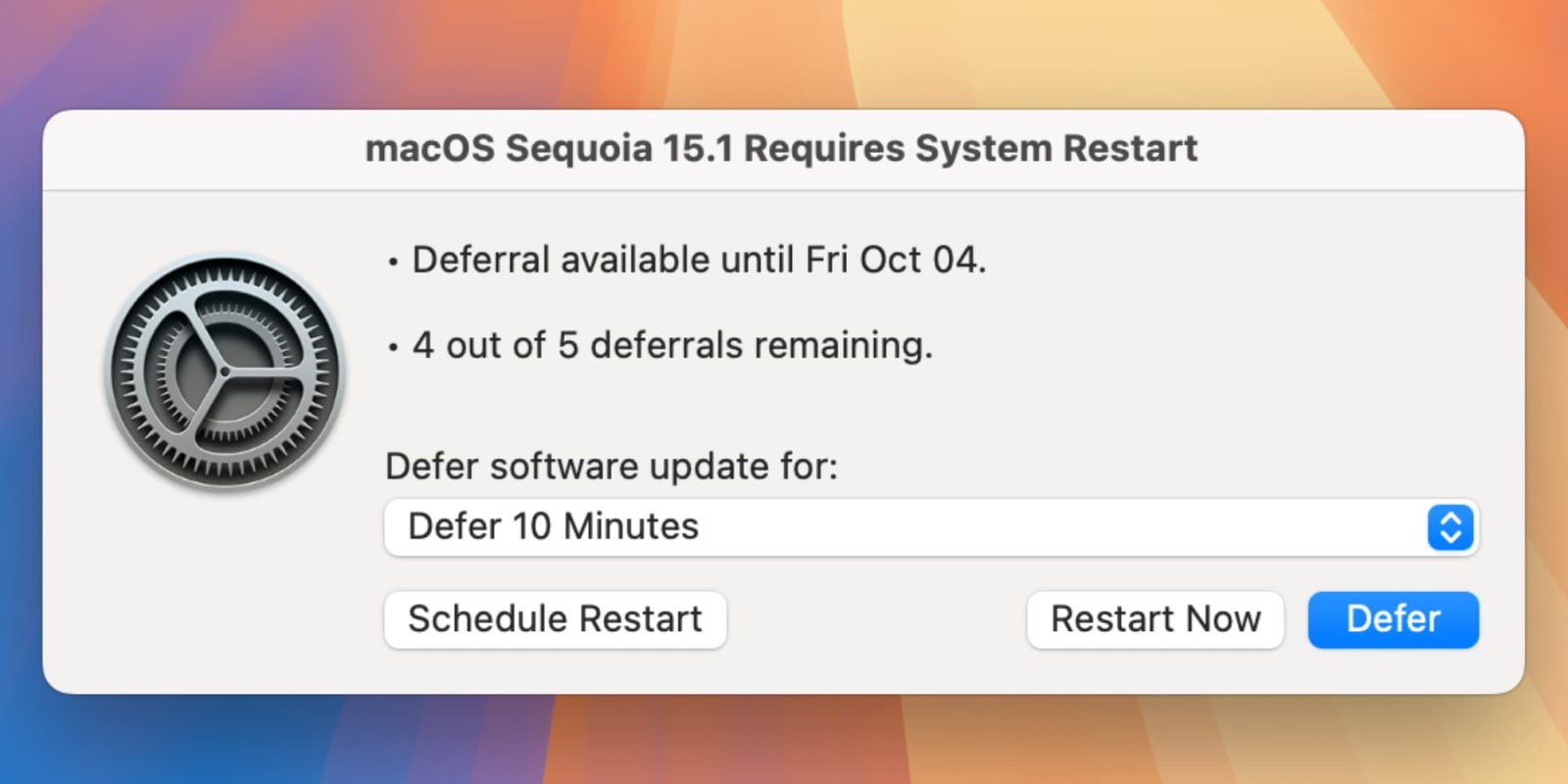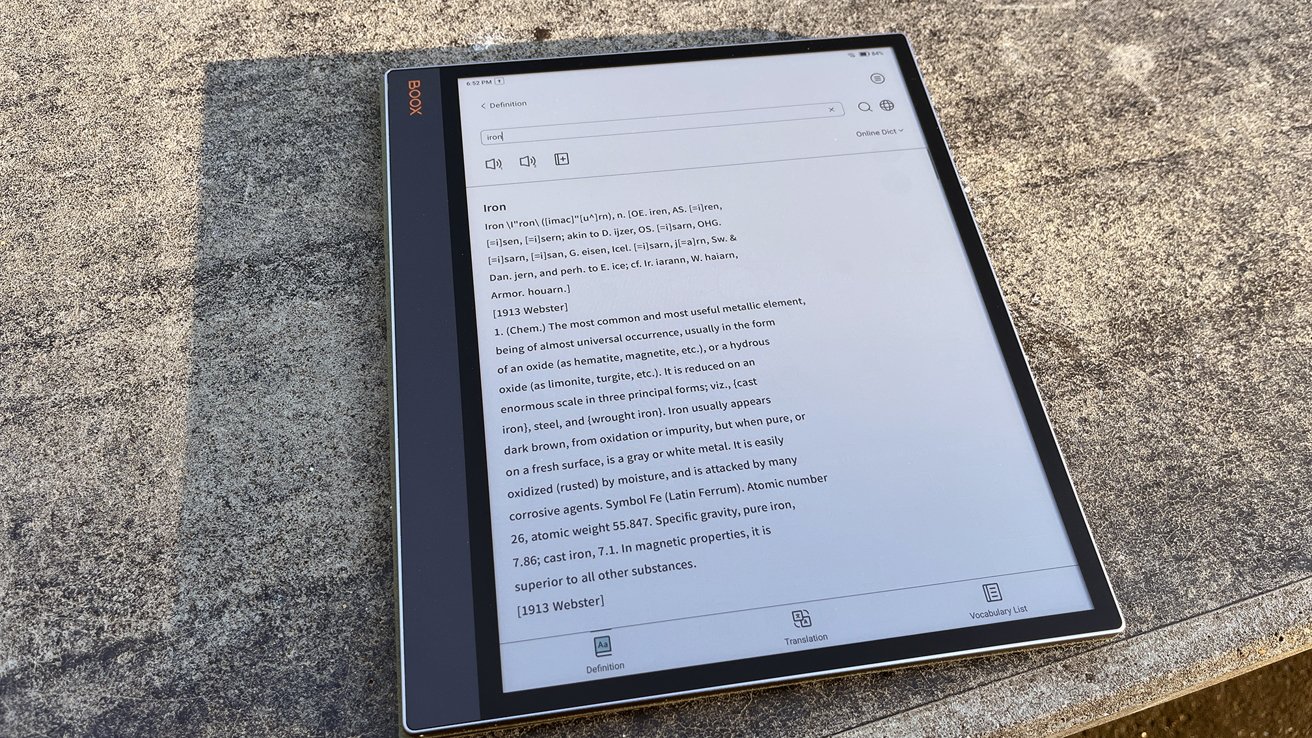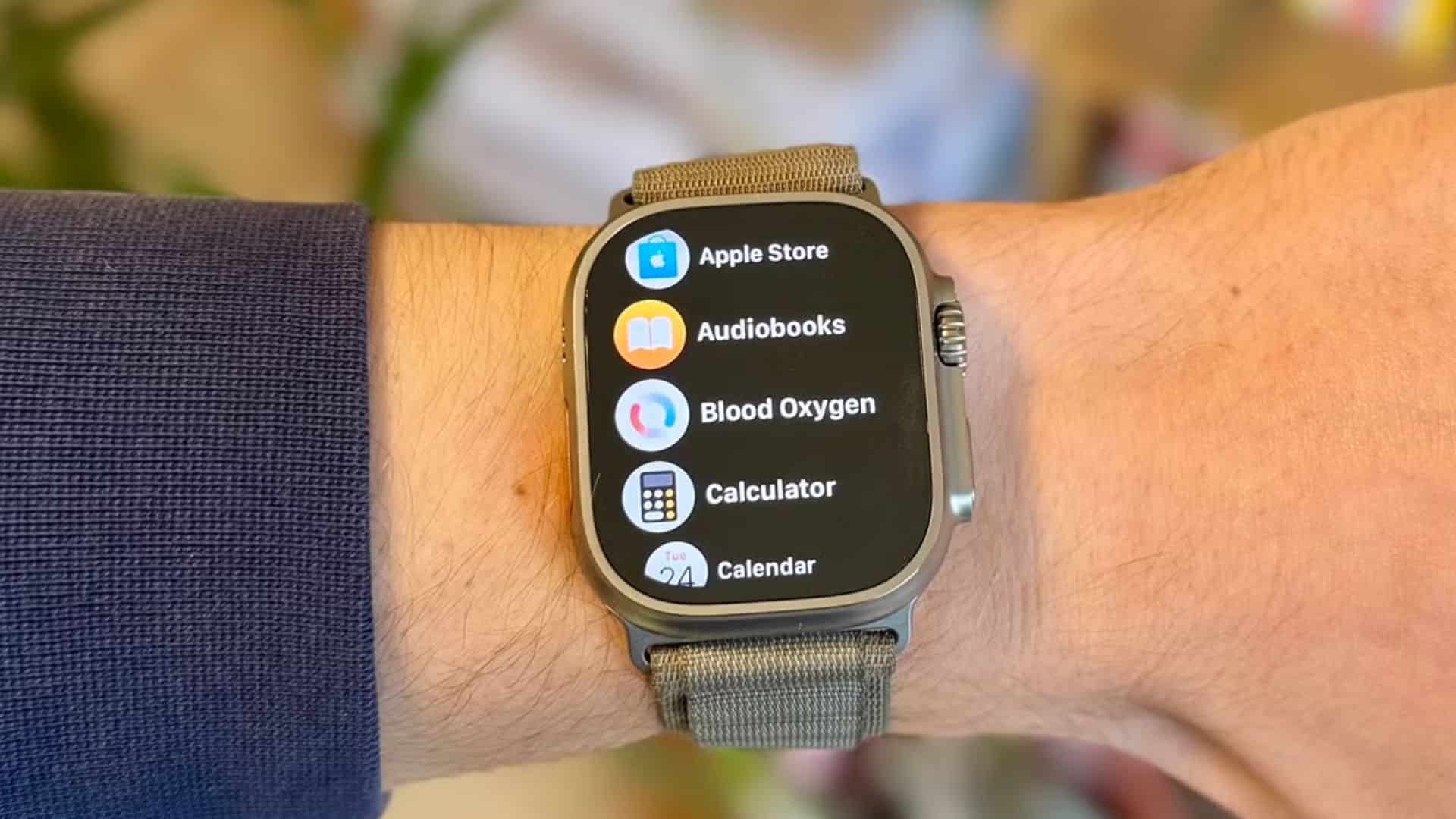Apple’s recent unveiling of the M5-powered Apple Vision Pro marks a significant evolution in the realm of spatial computing. This latest iteration introduces substantial enhancements over its predecessor, the M2 Apple Vision Pro, particularly in processing capabilities, graphics performance, and artificial intelligence (AI) integration.
Processor and Performance Enhancements
The transition from the M2 to the M5 chip is central to the new Apple Vision Pro’s advancements. The M2 chip featured an 8-core CPU and a 10-core GPU, supported by a 16-core Neural Engine. In contrast, the M5 chip boasts a 10-core CPU and a 10-core GPU, maintaining the 16-core Neural Engine but with notable improvements in efficiency and speed.
This upgrade results in enhanced multithreaded performance, leading to faster application load times and more responsive web browsing. The M5’s GPU introduces hardware-accelerated ray tracing, a feature absent in the M2 model, enabling more realistic lighting and shadow effects in graphics-intensive applications and games.
AI and Neural Processing Capabilities
The M5 chip’s Neural Engine has been optimized to deliver AI-powered features up to 50% faster than the M2 model. This improvement enhances experiences such as capturing Personas, creating spatial scenes from photos, and utilizing Image Playground. Additionally, the M5 chip increases unified memory bandwidth to 153GB/s, up from 100GB/s in the M2, facilitating more efficient data processing and AI task execution.
Design and Comfort Improvements
Beyond internal enhancements, the M5 Apple Vision Pro introduces a more comfortable Dual Knit Band, addressing user feedback regarding the original model’s weight and fit. This design update aims to provide a more ergonomic experience for extended use.
Software and Ecosystem Integration
The M5 Apple Vision Pro is designed to fully leverage visionOS 26, which introduces features like spatial widgets and advanced VR gaming capabilities. The enhanced hardware ensures that users can experience these new features without performance constraints.
Market Position and Availability
Apple has announced that customers can book demonstrations of the new M5 Apple Vision Pro immediately, with pre-orders already underway. The base model is priced at $3,499, consistent with the original M2 version. The device will be available in stores starting October 22, 2025.
Conclusion
The M5 Apple Vision Pro represents a significant step forward in spatial computing, offering enhanced performance, improved AI capabilities, and a more comfortable design. These advancements position the device as a compelling option for users seeking cutting-edge technology in mixed reality experiences.



